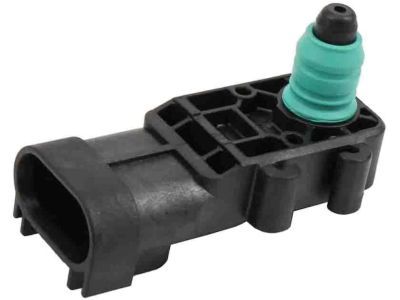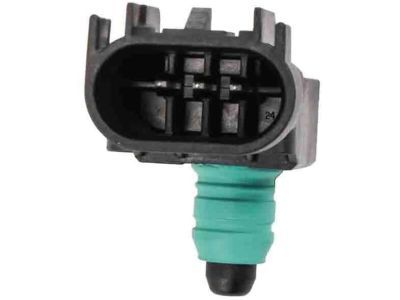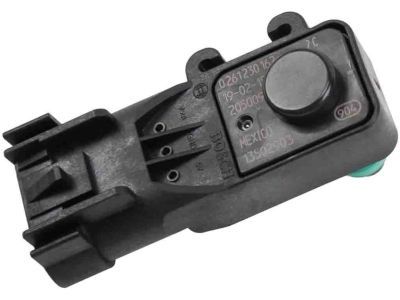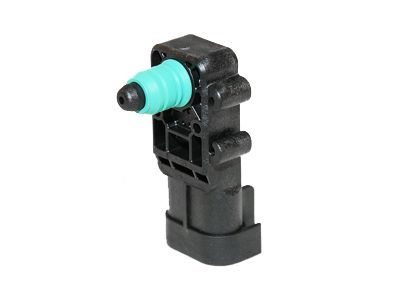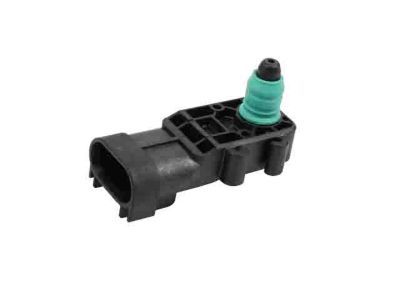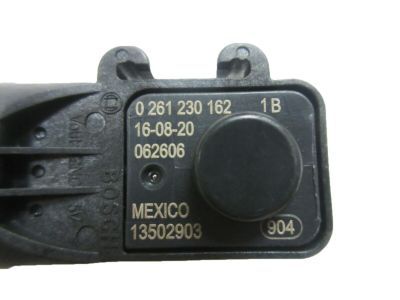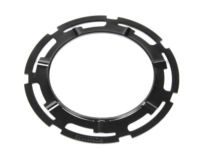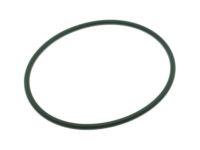| 2009-2023 GMC Acadia | 4 Cyl 2.0L, 4 Cyl 2.5L, 6 Cyl 3.6L | DENALI SUV, SLE SUV, SLE2 & ALL TERRAIN SUV, SLE2 SUV, SLT & ALL TERRAIN SUV, SLT SUV, SLT2 SUV, SPORT UTILITY VEHICLE 2WD, SPORT UTILITY VEHICLE 4WD, SPORT UTILITY VEHICLE AWD |
| 2015-2024, 2009-2012 GMC Canyon | 4 Cyl 2.5L, 4 Cyl 2.7L, 4 Cyl 2.9L, 5 Cyl 3.7L, 6 Cyl 3.6L, 8 Cyl 5.3L | CREW CAB - 5'2" BOX, CREW CAB - 6'2" BOX, CREW CAB SLE - 6'2" BOX, CREW CAB SLE -5'2" BOX, CREW CAB SLT - 6'2" BOX, CRW CAB SPORT-5'2" BOX(I), EXT CAB - 6'2" BOX, EXTENDED CAB - 6'2" BOX, PICKUP, PICKUP CREW CAB, PICKUP EXTENDED CAB, PICKUP EXTENDED LENGTH, SLE CREW CAB - 5'2" BOX, SLE EXTENDED CAB - 6'2" BOX, SLT CREW CAB - 5'2" BOX, SLT EXTENDED CAB - 6'2" BOX, SPORT CREW-5'2" BOX |
| 2008-2009 GMC Envoy | 6 Cyl 4.2L, 8 Cyl 5.3L | 4 DOOR |
| 2008-2024 GMC Savana | 6 Cyl 4.3L, 8 Cyl 4.8L, 8 Cyl 4.8L Flex, 8 Cyl 5.3L, 8 Cyl 6.0L, 8 Cyl 6.0L Flex, 8 Cyl 6.6L | 1 TON CARGO EXPRESS, 1 TON CARGO SAVANA, 1 TON COMMERCIAL/RV CUTAWAY, 1 TON PASSENGER, 1/2 TON CARGO EXPRESS, 1/2 TON CARGO SAVANA, 1/2 TON PASSENGER EXPRESS, 1/2 TON PASSENGER SAVANA, 3/4 TON CARGO EXPRESS, 3/4 TON CARGO SAVANA, 3/4 TON PASSENGER EXPRESS, 3/4 TON PASSENGER SAVANA |
| 2009-2024 GMC Sierra | 4 Cyl 2.7L, 6 Cyl 3.0L Diesel, 6 CYL 3.0L Diesel, 6 Cyl 4.3L, 8 Cyl 4.8L, 8 Cyl 4.8L Flex, 8 Cyl 5.3L, 8 Cyl 5.3L Flex, 8 Cyl 6.0L, 8 Cyl 6.0L Flex, 8 Cyl 6.2L, 8 Cyl 6.2L Flex, 8 Cyl 6.6L, 8 Cyl 6.6L Diesel, 8 Cyl5.3L | 1 TON CREW CAB, 1500 CREW CAB, 1500 CREW CAB STANDARD BOX, 1500 DOUBLE CAB STANDARD BOX, 1500 REGULAR CAB LONG BOX, 1500 REGULAR CAB STANDARD BOX, 2500 CREW CAB STANDARD BOX, 2500 REGULAR CAB, 3500 CREW CAB LONG BOX, 3500 CREW CAB ONLY, 3500 CREW CAB STANDARD BOX, 3500 DOUBLE CAB LONG BOX, 3500 REGULAR CAB, CREW CAB 1 TON, CREW CAB 1 TON 119.0, CREW CAB 1 TON 137.0, CREW CAB 1 TON CHASSIS 137.0, CREW CAB 1/2 TON, CREW CAB 2500 LONG BOX, CREW CAB 5'8" 1/2 TON, CREW CAB 5'8" BOX 1/2 TON, Crew Cab 6'6" Box 1/2 Ton, CREW CAB 6'6" BOX 1/2 TON, CREW CAB 6'6" BOX 3/4 TON, CREW CAB 8' BOX 3/4 TON, DOUBLE CAB 2500 LONG BOX, DOUBLE CAB 2500 STANDARD BOX, EXTENDED CAB 1 TON, EXTENDED CAB 5'8" BOX 1/2 TON, EXTENDED CAB 6'6" BOX 1/2 TON, EXTENDED CAB 6'6" BOX 3/4 TON, EXTENDED CAB 8' BOX 1/2 TON, EXTENDED CAB 8' BOX 3/4 TON, EXTENDED CAB CHASSIS 1 TON 161.5, EXTENDED CREW CAB 1 TON 161.5, EXTENDED CREW CAB 1 TON CHASSIS 161.5, REGULAR CAB 1 TON, REGULAR CAB 1 TON CHASSIS 137.0, REGULAR CAB 1 TON CHASSIS 161.5, REGULAR CAB 3/4 TON, REGULAR CAB 6'6" BOX 1/2 TON, REGULAR CAB 8' BOX 1/2 TON, REGULAR CAB CHASSIS 1 TON 137.0, REGULAR CAB CHASSIS 1 TON 161.5 |
| 2020-2024, 2010-2017 GMC Terrain | 4 Cyl 1.5L, 4 Cyl 2.0L, 4 Cyl 2.4L, 6 Cyl 3.0L, 6 Cyl 3.6L | 4 DOOR SLE2, 4 DOOR SLT1, 4 DOOR SLT2, SLE1 SUV, SLE2 SUV, SLT SUV |
| 2008-2024 GMC Yukon | 6 Cyl 3.0L Diesel, 8 Cyl 4.8L, 8 Cyl 5.3L, 8 Cyl 5.3L Flex, 8 Cyl 6.0L, 8 Cyl 6.0L Flex, 8 Cyl 6.2L, 8 Cyl 6.2L Flex | 1/2 TON, 1500 4 DOOR SUV, 1500 4 DOOR UTILITY, 3/4 TON, 4 DOOR, 4 DOOR SUV, XL 3/4 TON, YUKON XL/DENALI XL/ESCALADE ESV, YUKON/DENALI/ESCALADE |

